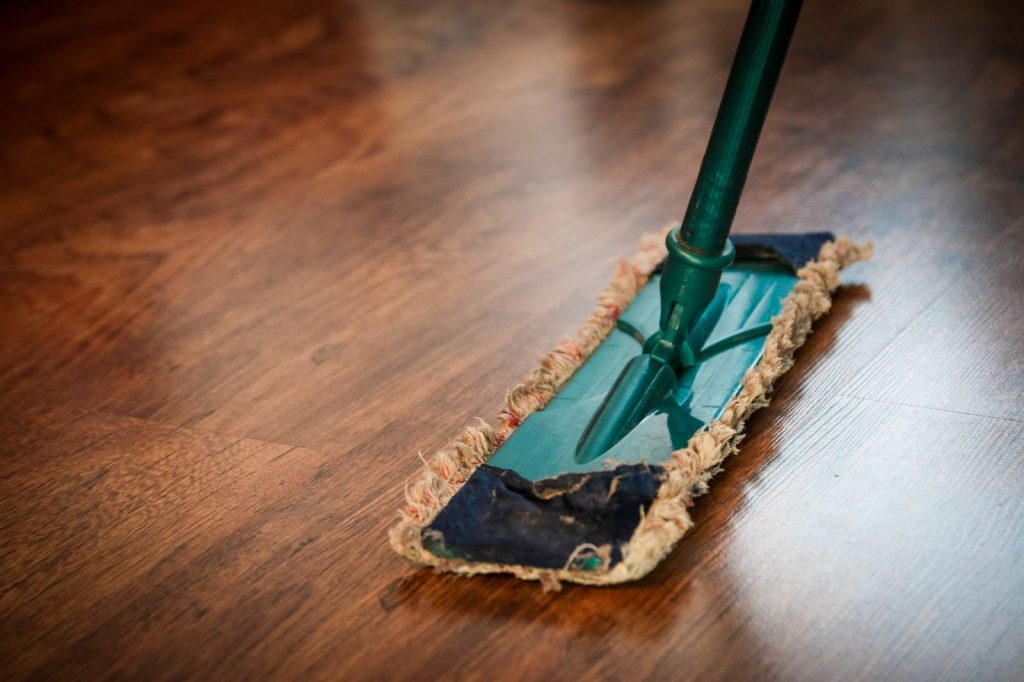
Cleaning can often be a chore. It doesn’t help when disabilities get in the way either.
Fortunately, technology and a little science can do wonders for house hygiene. You don’t even have to spend a lot to adapt these tips into your regular cleaning routine.
There are three main considerations to increase your cleaning efficiency without too much sweat and tears:
Heat is the best friend of Cleanliness
For the most part, this tip applies to the temperature of water that you use for cleaning. Unless what you’re cleaning is thermal sensitive, use hot water as much as possible.
Here’s why upping the heat is far better than staying cool:
> Heat improves the cleaning process. Hot water pries dirt, oils and other stains off surfaces faster than cold or room temperature water.
> If used as a spray, hot water also reduces the amount of water pressure needed to dislodge dirt and other residue. Cleaning will not only be faster, but physically easier too.
> Heat, of course, increases the rate of evaporation. Cleaning with hot water means that anything left to dry will do so faster, and all this means less time spent on being hygienic and more time on more important tasks.
The Power of a Good Soak
In fairness, there is a limit to the benefits of soaking when it comes to house cleaning. No sane person would soak their TV set, for example. Not every type of stain is easier to clean after a soak either.
That said:
> It generally helps reduce the physical effort needed to clean.
> Any food or stains that cling stubbornly to pots, pans and other appliances are easier to remove. The water acts almost like a liquid forklift that slowly pries stubborn stains off surfaces.
> Soaking improves the potency of cleaning solutions. Doing this gives enough time for your cleaning agents to seep into fabrics and other materials.
> It cuts down on time spent scrubbing and wiping, since soaking already does half that job for you.
Portability is King
Lugging heavy equipment just to clean isn’t necessary for cleaning. There are various portable cleaning devices that make the cleaning process much less of an exhaustive task. Many of these devices are also very affordable:
> Grabber tool. Great for picking things off the floor, or simply for added reach, if you have trouble bending down while cleaning.
> Cordless stick vacuum. Very easy to lug around, with the added benefit of not having to drag a cord across a room and risk tripping over.
> Dehumidifier. Easy to place in any part of the home where it is needed. It reduces the amount of times you’ll need to clean the home, since it lowers moisture within an area, which in turn lowers bacteria growth and accumulation of mold.
> Steam mop. Perfect item for cleaning, since it uses heat, and it reduces or even eliminates the need to scrub the floor, thereby reducing energy and time spent.
> Smart robot vacuum. While not the most cost-friendly options, these gadgets are automated, allowing for daily cleaning without you having to lift a finger. It’s also small enough to clean narrow areas without having to move furniture around.
The most important consideration is to never rush cleaning. It doesn’t have to all be done in one day.
Cleaning is necessary for your wellbeing, but it can be a process that is calming rather than frustrating.
References
Sunrise-Cleaning (2015) Why Hot Water is Superior When It Comes To Cleaning [Accessed 28 July 2022] Available at: https://www.sunrise-cleaning.com/blog/cleaning-tips/hot-water-superior-comes-cleaning/#:~:text=When%20water%20heats%20up%2C%20its,more%20material%20than%20cold%20water
Maidstr (2015) The Low Mobility Guide To Cleaning Your Home [Accessed 28 July 2022] Available at: https://maidstr.com/low-mobility-guide-cleaning-home/
Carol Bell (2022) Helpful Cleaning Tools For People With Disabilities [Accessed 28 July 2022] Available at: https://www.jasonsconnection.org/blog/helpful-house-cleaning-tools-for-people-with-disabilities/